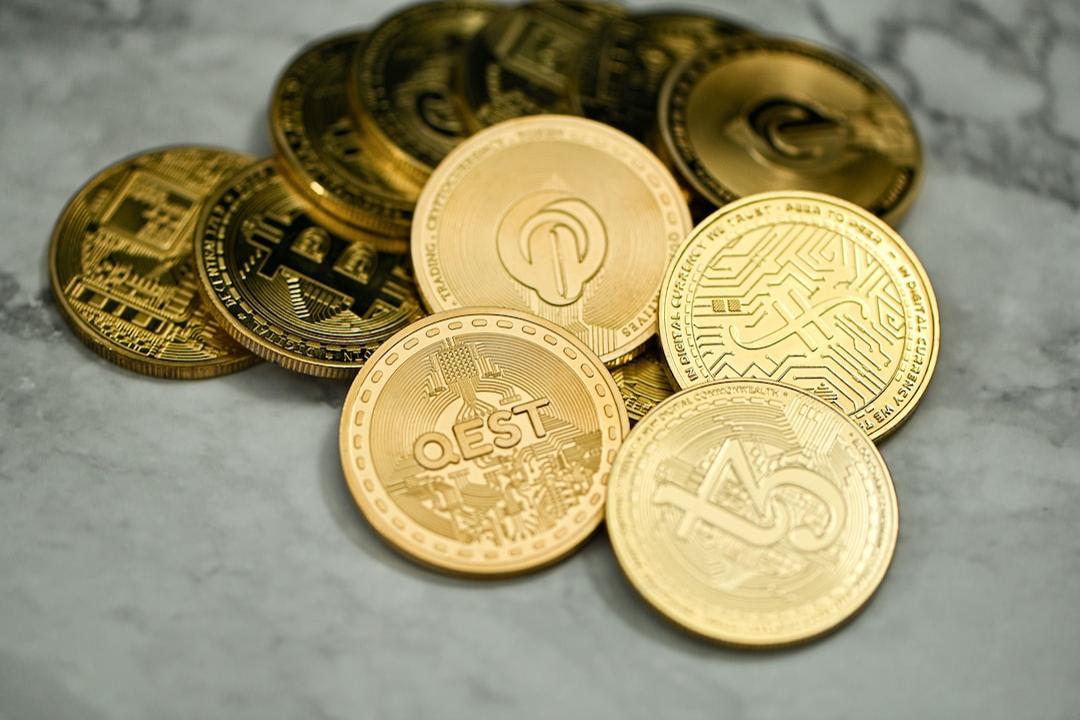Every third Web3 user engages in crypto gaming. As of May 2024, the daily count of unique active wallets in GameFi surpassed 3 million, marking an unprecedented high. As blockchain gaming continues to attract new participants, the existing infrastructure struggles to keep pace, prompting projects to innovate with dedicated solutions that push scalability to new limits. Consequently, GameFi has emerged as a pivotal catalyst for the advancement of Layer-2 and Layer-3 technologies.
Introduction
GameFi, within the realm of blockchain gaming, has swiftly become a cornerstone of Web3, capturing a third of all users who now partake in crypto gaming. This surge has been notably highlighted in May 2024, with daily unique active wallets exceeding 3 million. This substantial growth in both players and games underscores a growing demand for robust gaming infrastructure capable of meeting the complex demands of modern blockchain games.
Developers have been proactive in addressing these challenges by pioneering bespoke solutions tailored specifically for gaming blockchains, offering significant benefits in scalability, performance, and user experience.
Why Crypto Games Migrate to Dedicated Blockchains?
The scalability limitations of Ethereum’s Layer-1 network became evident in the early 2010s, notably during the CryptoKitties congestion crisis, where users faced exorbitant fees and long transaction delays. In response, developers began implementing Layer-2 solutions—blockchains built atop the Ethereum network. These L2 solutions aggregate multiple transactions into single batches processed on Ethereum’s Layer-1, maintaining network security while enhancing scalability. This innovation dramatically reduced transaction costs to mere pennies.
However, the rapid growth of the industry soon outpaced Layer-2 capabilities, necessitating even more advanced solutions. Enter Layer-3 blockchains—built on top of L2s—that inherit Ethereum’s security while offering additional features unattainable at lower layers. Each game operating on its dedicated L3 blockchain opens up new possibilities for customization and scalability.
L3 Solutions: Performance, Customization, and Governance
Layer-3 solutions introduce a new standard of throughput. Recently, the combined Ethereum L2s and L3s achieved a record 246 transactions per second (TPS), with individual gaming-focused L3 chains like Xai processing up to 101 TPS alone. In comparison, Ethereum’s base layer handles only 12-15 TPS. By operating on separate networks, developers gain unparalleled control over their games’ environments, allowing for swift updates and tailored improvements without external negotiation.
Game-Specific Chains: Examples
Several standout solutions cater specifically to GameFi. Notable among these are L2 platforms such as Ronin, which boasted 836,000 daily unique wallets in May, hosting popular titles like Pixels and Axie Infinity. Meanwhile, L3 solutions, like Arbitrum Orbit, offer developers unique opportunities to launch customized applications atop existing L2 infrastructures, promoting enhanced flexibility and innovation.
Implications for Users
For gamers, the adoption of L3 solutions translates into vastly improved user experiences. Key benefits include high-speed transaction processing and simplified interactions, thanks to technologies like Account Abstraction, which streamlines the gaming experience akin to traditional web environments. Platforms like PlayBlock exemplify these advancements, offering fee-free transactions and seamless onboarding processes, enabling users to engage without the need for a crypto wallet.
Interoperability further enriches the user experience by allowing assets to move seamlessly across different games within unified blockchain ecosystems, fostering new forms of gameplay and asset utilization.
Beyond GameFi
The burgeoning demands of GameFi have spurred the development of application-specific blockchains, offering unprecedented flexibility, rapid transaction processing, and minimal transaction costs. This convergence of needs and technological solutions promises to propel the game-specific blockchain sector forward, introducing innovative products and advancing the broader Web3 industry.
Ultimately, these advancements are poised to accelerate the expansion of GameFi, welcoming millions of new participants and shaping the future landscape of Web3.


